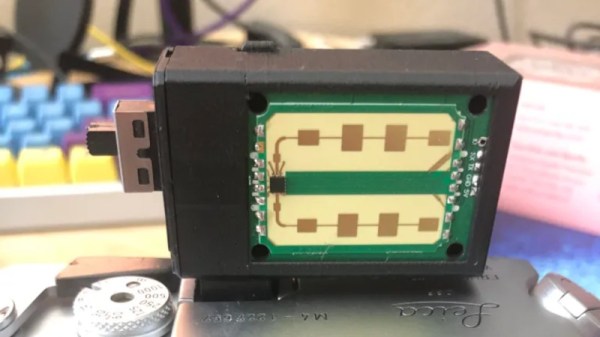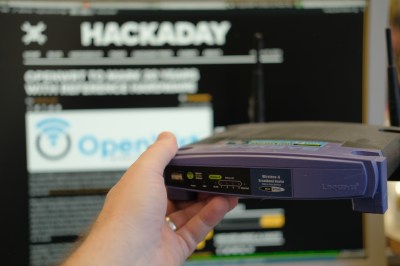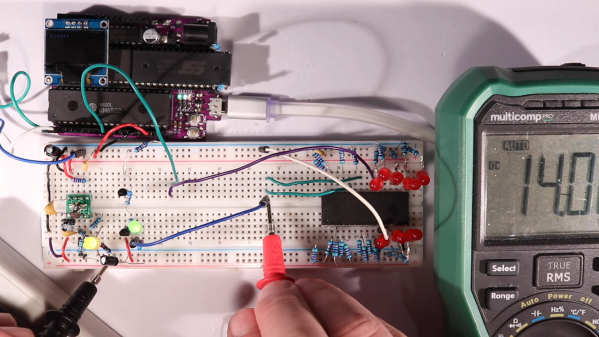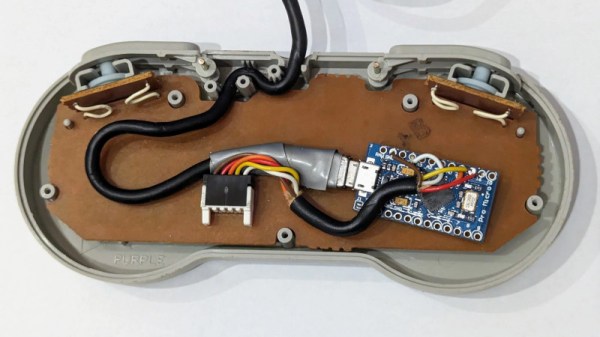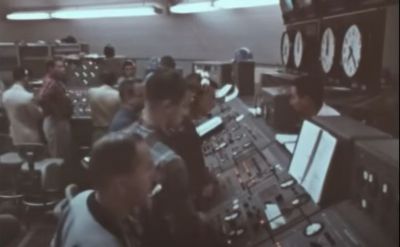The interlocking LEGO bricks are probably one of the most versatile toys to come out of the 20th century, but aside from the Duplo larger-sized version for smaller kids, they don’t come in what you might term grown-up sizes. This has not deterred [Veranda Vikings] though, who have come up with the fantastic idea of giant LEGO bricks made from snow.
Making them is simplicity itself given enough depth of the white stuff, simply press the lid of one of those plastic LEGO storage bins into some fresh snowfall hard enough to compact your brick, and then lift clear a perfect icy 2 by 2 brick. Most of the post is devoted to the building escapades of some very happy kids, and we can’t help envying them the opportunity. It appears that like the LEGO fries in the cafe at Legoland in Bilund, these bricks don’t quite interlock. We think that it would be possible to press the LEGO storage lid into the bottom of them though, perhaps some readers would like to experiment.
Either way, this is a hack to warm the hearts of readers worldwide, whether they live in a country with snow or not. We’re surprised Lego themselves haven’t caught on to the idea, and sold giant snow-brick moulds.



